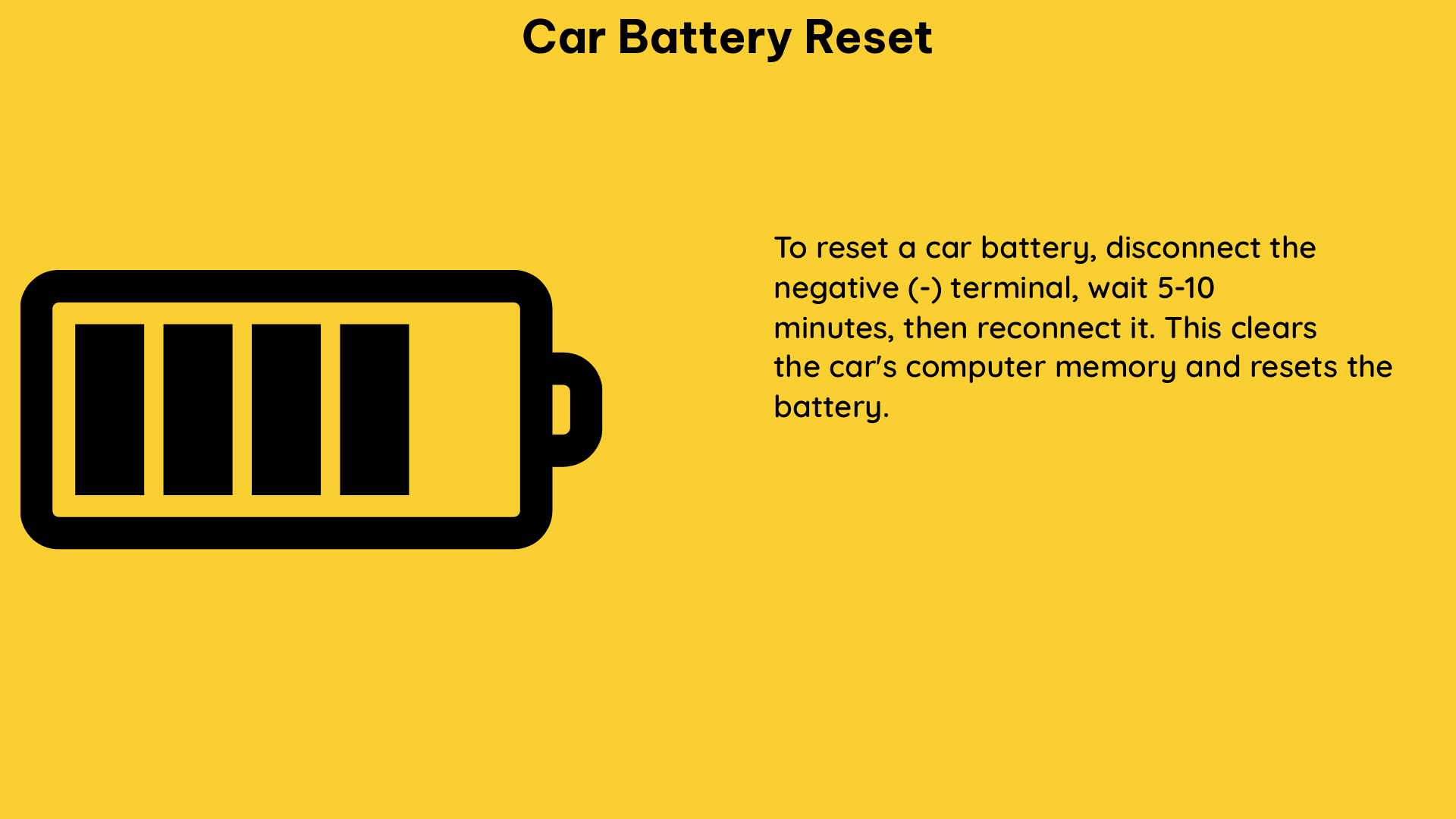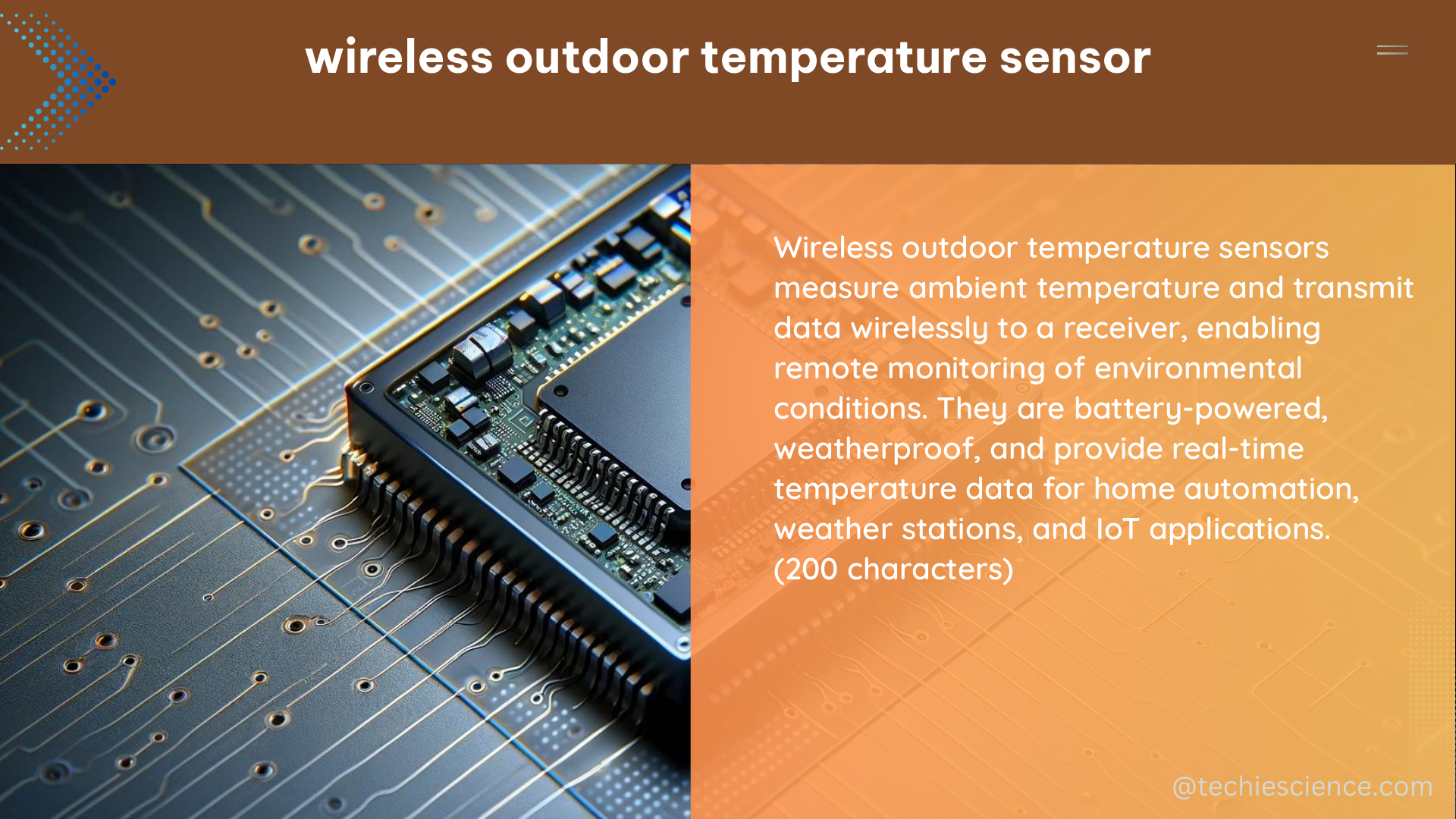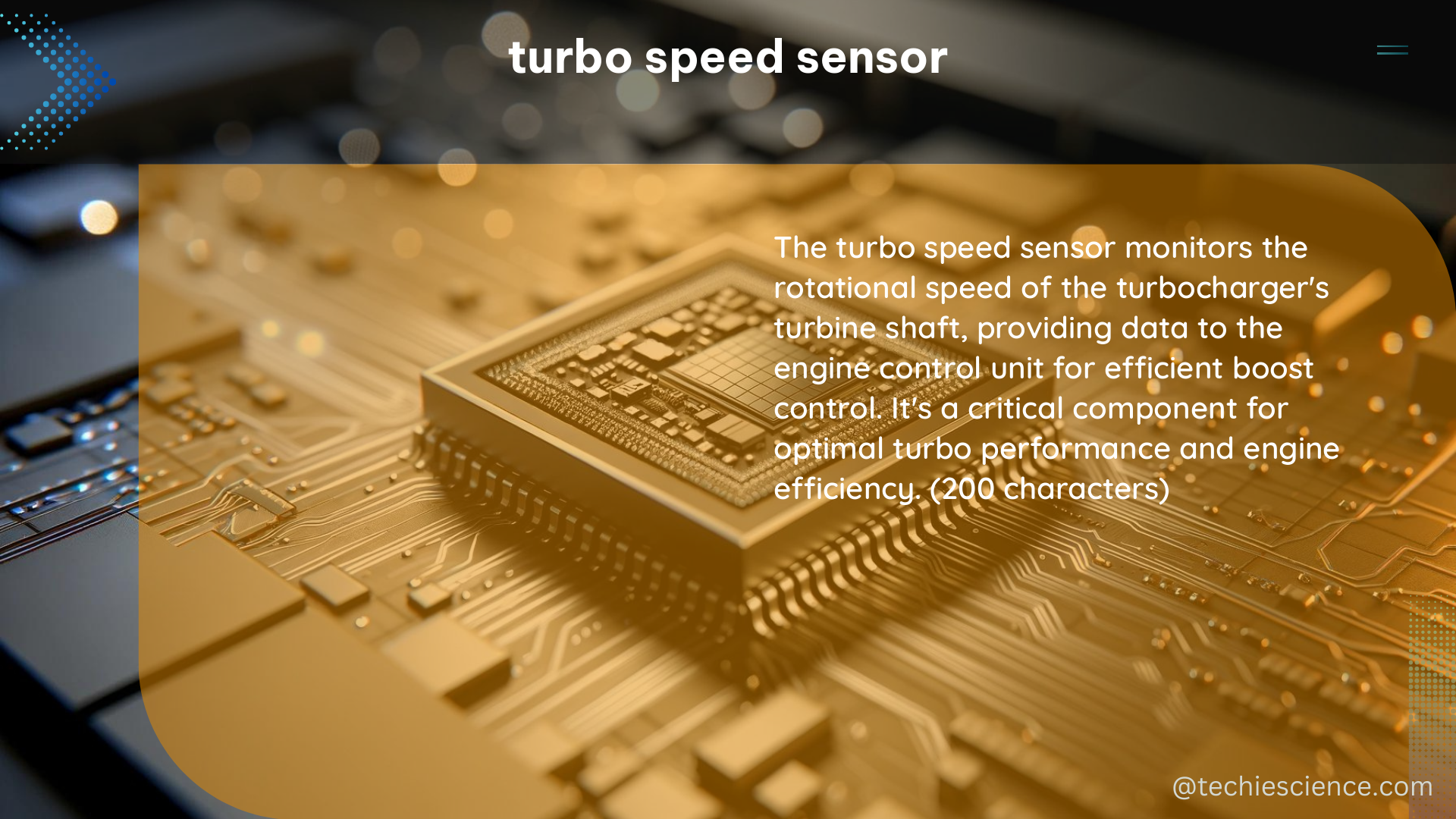An outdoor thermostat, also known as an ambient temperature sensor, plays a crucial role in optimizing the performance and efficiency of a dual fuel heat pump system. This device is responsible for determining the most cost-effective heating source based on the outdoor temperature, ensuring the homeowner gets the best value for their energy expenditure.
Understanding the Economic Balance Point Temperature
The key function of the outdoor thermostat in a dual fuel heat pump system is to calculate the economic balance point temperature. This is the outdoor temperature at which the cost of heating with the heat pump becomes equal to the cost of heating with the fossil fuel backup, such as a furnace or boiler.
To determine the economic balance point temperature, the outdoor thermostat takes into account several factors:
-
Heat Pump Efficiency: The coefficient of performance (COP) of the heat pump, which measures its heating efficiency, is a critical input. The COP can vary depending on the outdoor temperature, with higher COPs at warmer temperatures.
-
Electricity and Fuel Costs: The relative costs of electricity (to power the heat pump) and the fossil fuel (e.g., natural gas, propane) used by the backup heating system are also factored in.
-
Defrost Cycle Considerations: The outdoor thermostat must also account for the additional electricity consumption during the heat pump’s defrost cycle, which occurs when the outdoor coil accumulates ice and needs to be cleared.
By considering these variables, the outdoor thermostat can calculate the precise outdoor temperature at which the cost of heating with the heat pump equals the cost of heating with the backup system. This temperature is the economic balance point.
Switching Between Heat Pump and Backup Heating

Once the economic balance point temperature is determined, the outdoor thermostat is programmed to switch the heating system between the heat pump and the backup heating source. This is typically done as follows:
-
Above the Balance Point: When the outdoor temperature is above the economic balance point, the system will prioritize the heat pump as the primary heating source. The heat pump is the more cost-effective option in these warmer conditions.
-
Below the Balance Point: When the outdoor temperature drops below the economic balance point, the system will automatically switch to the backup heating source, such as a furnace or boiler. This ensures the most cost-effective heating solution is used as the outdoor temperature drops.
The specific balance point temperature can vary widely depending on the efficiency of the heat pump, the cost of electricity, and the cost of the backup fuel source. For example, a highly efficient heat pump with low electricity rates may have an economic balance point as low as 25°F, while a less efficient heat pump with higher electricity rates may have a balance point closer to 45°F.
Adjusting the Balance Point Temperature
It’s important to note that the economic balance point temperature is not a fixed value and may need to be adjusted over time. Factors that can influence the balance point include:
-
Changes in Electricity and Fuel Prices: As the relative costs of electricity and the backup fuel source (e.g., natural gas, propane) fluctuate, the economic balance point will need to be recalculated and the outdoor thermostat settings updated accordingly.
-
Heat Pump Efficiency Degradation: Over time, the efficiency of the heat pump may decrease due to wear and tear, requiring the balance point to be adjusted upward.
-
System Upgrades or Replacements: If the homeowner upgrades or replaces the heat pump or backup heating system, the economic balance point will need to be recalculated to account for the new equipment’s performance characteristics.
To ensure the dual fuel heat pump system operates at maximum efficiency and cost-effectiveness, it’s recommended to periodically review the economic balance point temperature and make any necessary adjustments to the outdoor thermostat settings.
Monitoring and Troubleshooting the Outdoor Thermostat
Regular monitoring and maintenance of the outdoor thermostat are essential for the proper functioning of the dual fuel heat pump system. Some key considerations include:
-
Sensor Accuracy: Ensure the outdoor temperature sensor is accurately measuring the ambient temperature. Inaccurate readings can lead to improper switching between the heat pump and backup heating.
-
Thermostat Calibration: Periodically check the outdoor thermostat’s calibration to ensure it is accurately detecting the economic balance point temperature.
-
Thermostat Placement: The outdoor thermostat should be installed in a location that is representative of the overall outdoor temperature, away from direct sunlight, drafts, or other factors that could skew the readings.
-
System Diagnostics: If the dual fuel heat pump system is not switching as expected, check the outdoor thermostat for any error codes or malfunctions that may be causing the issue.
By understanding the role of the outdoor thermostat and regularly maintaining it, homeowners can ensure their dual fuel heat pump system operates at peak efficiency, providing the most cost-effective heating solution throughout the year.








